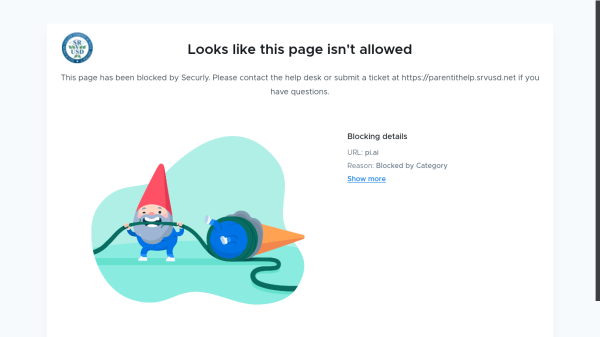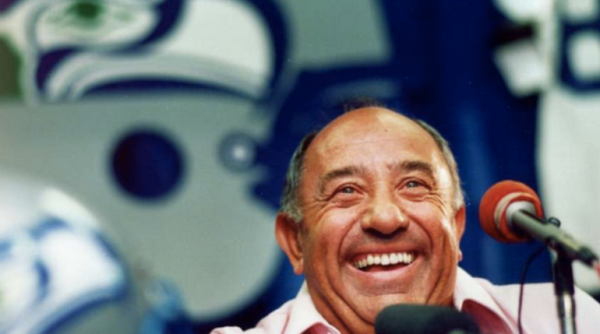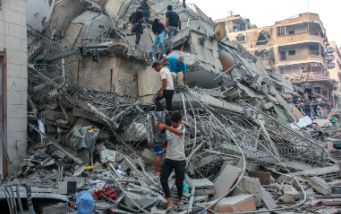Russia-Ukraine crisis: an update

Ukrainian firefighters working to put out fires in Kyiv, the capital of Ukraine. The damage occurred after Russia sent a wave of suicide drones, employed with explosives, that destroyed many homes.
On Feb. 24, 2022, President Vladimir Putin of Russia, launched his first strike against Ukraine when he commanded Russian army troops to attack Kyiv, the Ukrainian capital, in an attempt to overthrow Volodymyr Zelensky, the president of Ukraine. Now, almost a year later, the Russia-Ukraine crisis has continued to escalate causing numerous humanitarian and political problems.
While Putin suspected Kyiv would easily succumb to Russian forces, Ukraine has continued to persevere and defend itself against Russia. It has been roughly nine months since the invasion of Ukraine, and the country has proved to be more resilient than Putin had imagined, causing the world to wonder how and when the war will end.
On Sept. 30, 2022, President Zelensky and the speaker of the Ukrainian parliament signed an accelerated membership application for the North Atlantic Treaty Organization (NATO) military alliance, an organization dedicated to protecting the freedom and security of the countries constituted in it–both militarily and politically.
From the start of the war, NATO has been supporting Ukraine in several ways by providing weapons, military equipment, humanitarian aid, and more. However, Zelensky is aware that signing the application does not guarantee Ukraine’s acceptance into the military alliance.
James Rossi, a social science teacher at Monte Vista, explained that if Ukraine is officially accepted into NATO, the war will turn to a more offensive stance for countries that are part of NATO. This is due to the fact that these countries would actively send in military forces and soldiers to help fight against Russian troops.
“Putin knows that, and he has been trying desperately to turn this into an offensive war,” Rossi said. “That’s why he annexed those regions. So when Ukraine attacks… [Putin] can say ‘This is Russian sovereign lands,’ and will send the nukes.”
In addition, on Oct. 8, 2022, there was a massive explosion that struck Russia’s Crimea bridge which killed three citizens and caused severe damage to the road and rail traffic along an important artery. The artery directly affected both military and civilian traffic forcing a brief stop in Russia’s fight against Ukraine. While the Ukrainian government did not take responsibility for the attack, President Putin claimed the explosion to be a Ukrainian “terrorist” attack and launched missiles to attack Ukraine the Monday following the explosion.
While Russia has decimated infrastructures and seized the hopes and lives of many Ukrainian citizens, Russia has yet succeeded to seize Ukraine. And with constant pushback from Ukraine, it is evident that Ukraine is not stepping down.
“Putin thought it was going to be an easy land grab given the West’s lack of unity around the seizure of Crimea in 2014 by trying to annex most of Ukraine piece by piece creating ‘frozen conflicts,’ ” Rossi said.
With the ongoing political effects of this crisis, the humanitarian effects have also continued as family and friends abroad hold onto the hope that their loved ones are safe.
“Luckily my family and friends didn’t experience the worst of [the crisis],” said Samuel Sheyman, a sophomore at Monte Vista. “But at one point they did need to hide in metro stations because that was the safest place.”
However, thousands of citizens remain in Ukraine, constantly in danger and in fear of Russian attack. There have been numerous incidents of Russian troops shelling resident homes, infrastructure, even power plants, and as winter approaches, citizens must evacuate their homes before harsher conditions emerge. As of Oct. 2022, there have reportedly been more than 7.6 million Ukrainians that have actively sought refuge in other countries around the world. Many countries, especially Poland and Germany, have opened their arms to Ukrainian refugees in order to aid them during these difficult times.
Additionally, since the start of the war, the United States has voiced its active support for Ukraine by providing aid to humanitarian issues and helping them maintain vital government services by supplying items such as weapons, medicine, and food.
Countries around the globe have also been strategizing ways to support Ukraine and hinder Putin’s invasion by attempting to economically damage Russia. On Dec.2, 2022, the Group of 7 nations (including: Canada, France, Germany, Italy, Japan, the United Kingdom, and the United States), Australia, and the European Union agreed on a $60 oil price cap on Russian seaborne oil. The oil cap limits how much Russia, the second largest oil exporter, is allowed to charge for its exports thus restricting Putin’s primary source of revenue for the war. While some countries, like Poland, have demanded for the cap to be as low as $30 to significantly damage Russia’s economy, setting the price lower could cause Russia to refuse distributing oil leading to a global energy crisis. Already, Russian Deputy Prime Minister, Alexander Novak, said Russia will refuse to export oil to countries that levy price caps.
What is next for this crisis is still yet to be determined. But, as Ukraine awaits official acceptance into NATO, it is evident that Putin will continue to press Russia’s advantage in certain territories to strengthen its power over the East. Moreover, while it is unclear how this crisis will end, many experts believe that it won’t end in a full victory for one specific country.
“Long term this is going to be a frozen conflict,” Rossi said. “But not one where Putin can claim total victory.”

Maya Bhatt is a senior in her third year of Journalism, and she is thrilled to lead The Stampede as the...

Alicia Kim is a senior in her fourth year as a journalist for The Stampede. In her spare time, she enjoys...










